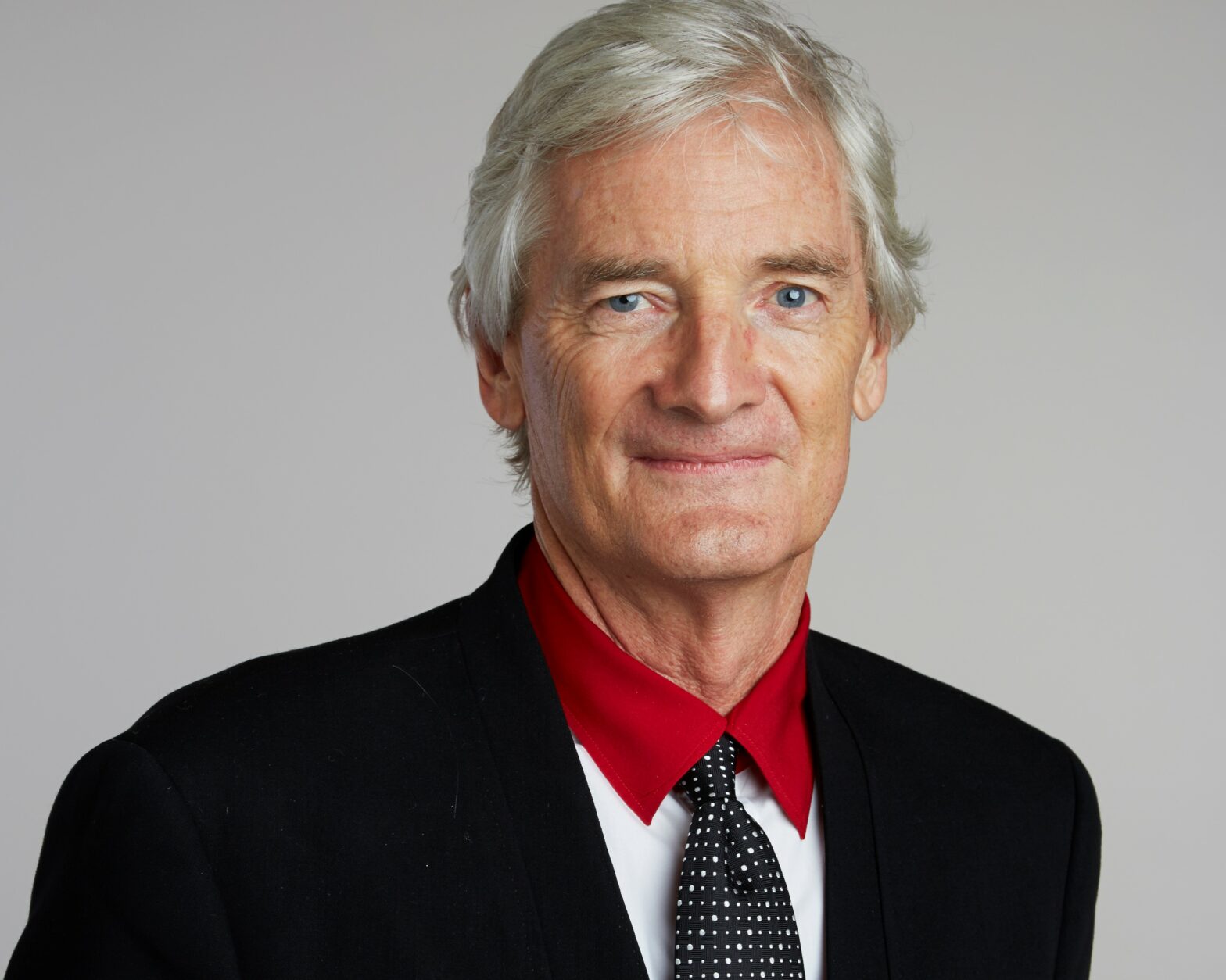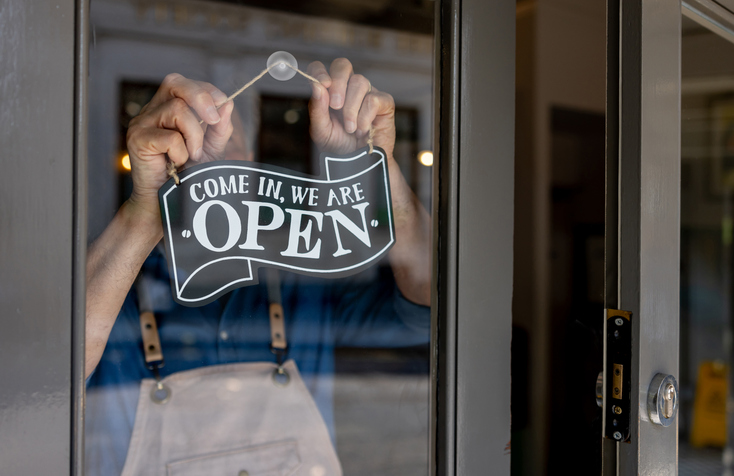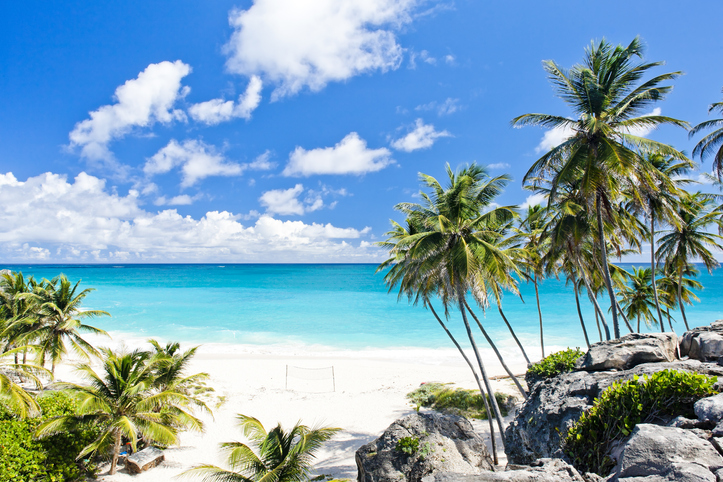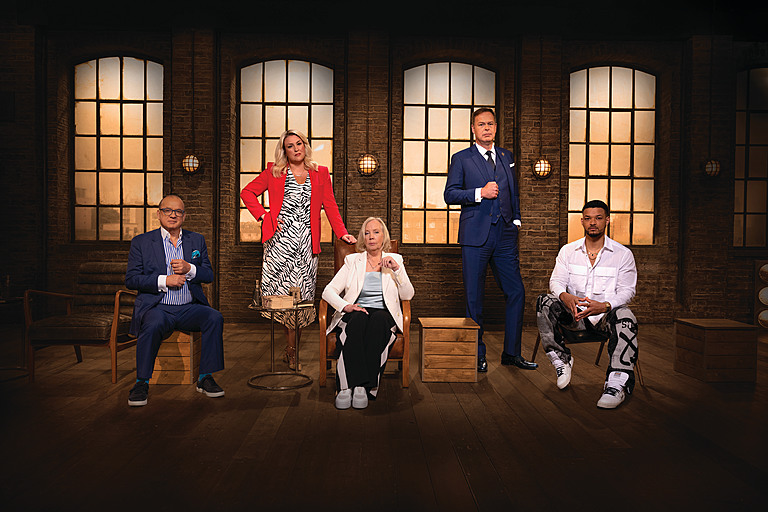‘What I’ve learned from running is that the time to push hard is when you’re hurting like crazy and you want to give up. Success is often just around the corner’
‘Enjoy failure and learn from it. You never learn from success’
A variation on the theme of the darkest moment is always just before the dawn, many long-distance runners talk about hitting the wall and just having to drive through it, after which the run gets easier.
James Dyson has always been a long-distance runner, sneaking out of his boarding school at night to run on nearby sand dunes in Norfolk.
In the same interview, Sir James Dyson went on to say that he almost came to relish that pain while running.
“I see it as an opportunity,” he said. “That point where if you know you can get through that bit, you’re going to make an important discovery that someone else might have made except they gave up, because they couldn’t get through the difficulties. I got that from running.”
Indeed, Dyson – whose fortune is estimated to have a net worth of £16.3bn – sees connection between his famous cyclone vacuum cleaners, with their lean silhouette stripped down to engineering essentials and his tall, lean long-legged gait, ideal for running, so in a way his greatest invention is a self-portrait.
And, like Henry Ford and Thomas Edison, fellow inventor James Dyson has found failure more illuminating than success.
It took him more than 5,000 prototypes before he built the first G-Force Dyson cyclonic vacuum cleaner in 1983 and even then he couldn’t find any distributor for it in Britain, so he began selling direct himself.
After he became a household name with his bagless vacuum cleaner during the 1990s, his group expanded into hairdryers, air-conditioning systems, hand dryers and lighting, with 90 per cent of sales now overseas.




